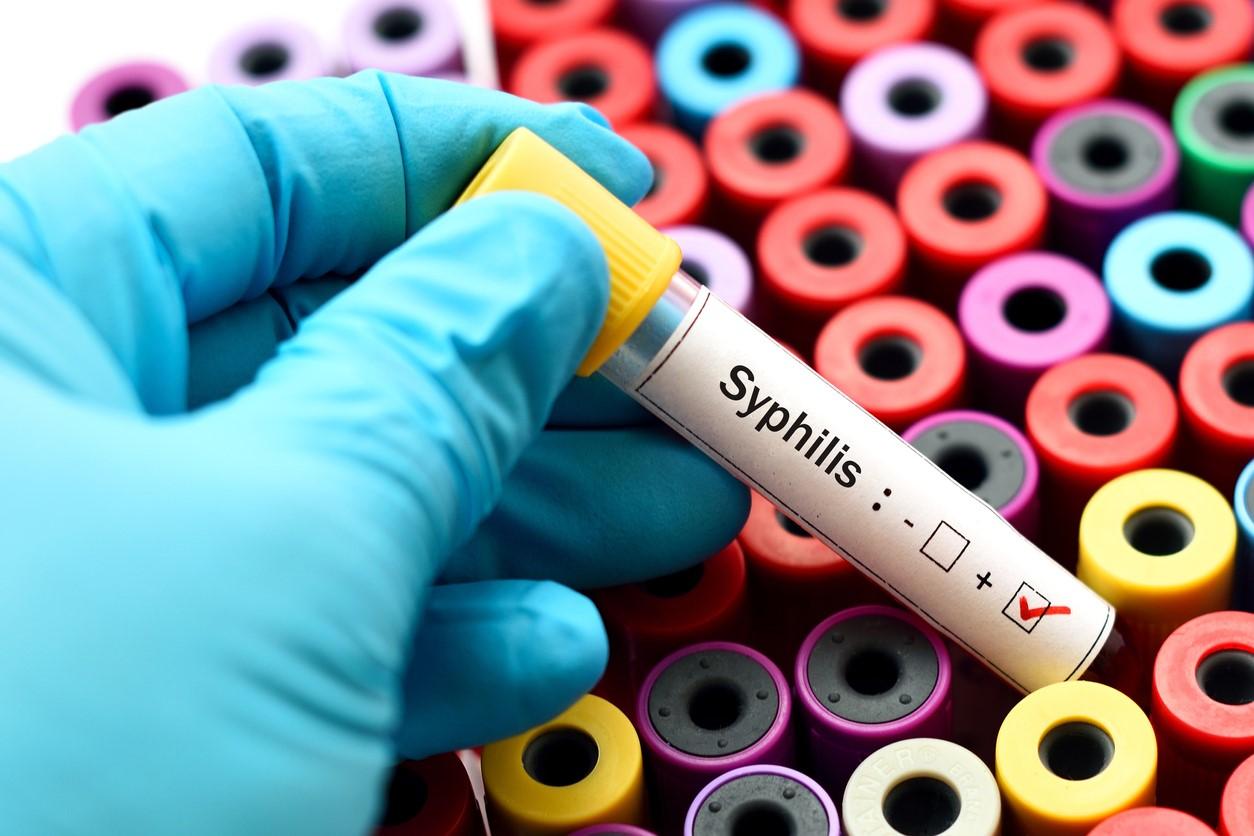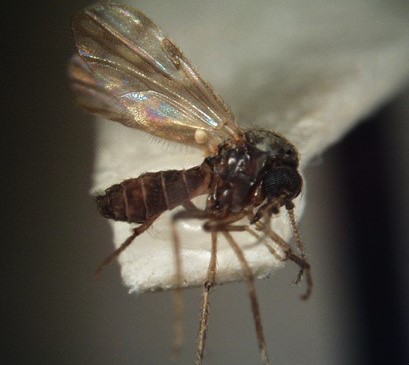
A survey of infectious disease (ID) practitioners suggests Candida auris screening rates are low at US hospitals, researchers reported today in Infection Control & Hospital Epidemiology.
The survey, sent to roughly 3,000 ID physicians who belong to the Infectious Diseases Society of America Emerging Infections Network (EIN) in August 2022, included questions about whether C auris screening was performed in the respondent's facility, whether patients were screened on admission or once they were already in the facility, the number of screening tests conducted, and the number of cases identified. Regions where C auris is frequently identified or endemic were labeled tier 3 or 4 areas, and those in non-endemic areas were labeled tier 2.
Of the 253 responses, 119 (47%) were from tier 3 or 4 areas and 134 (53%) from tier 2 areas. Responses were received from 37 states, mostly from California (87), New York (17), Illinois (12), and Florida (11). Overall, 37% reported that C auris screening was conducted in their facility, with more respondents from tier 3 or 4 areas reporting screening than those in tier 2 areas (59% vs 17%). Among respondents who said they screened for the pathogen, 77% reported screening on admission, and 51% reported screening patients already in the facility. Screening on admission was higher in facilities in tier 3 or 4 areas than in tier 2 areas (84% vs 55%).
Of the 68 respondents who reported positive cases detected in the previous year, 75% reported having identified more than one case, and 37% reported more than five cases.
Screening could help prevent spread
The emerging fungus, which was first identified in the United States in 2016, is considered a serious health threat because it can cause severe illness, spreads easily among patients in healthcare settings and is difficult to eradicate, and is frequently resistant to antifungal treatment.
The study authors say the low rate of screening is a concern, because screening could help detect new introductions and guide implementation of prevention measures before spread begins.
"Altogether, these findings suggest opportunities to increase adoption of C. auris screening across US facilities, which might aid detection and prevent spread within and among facilities," they wrote.

















